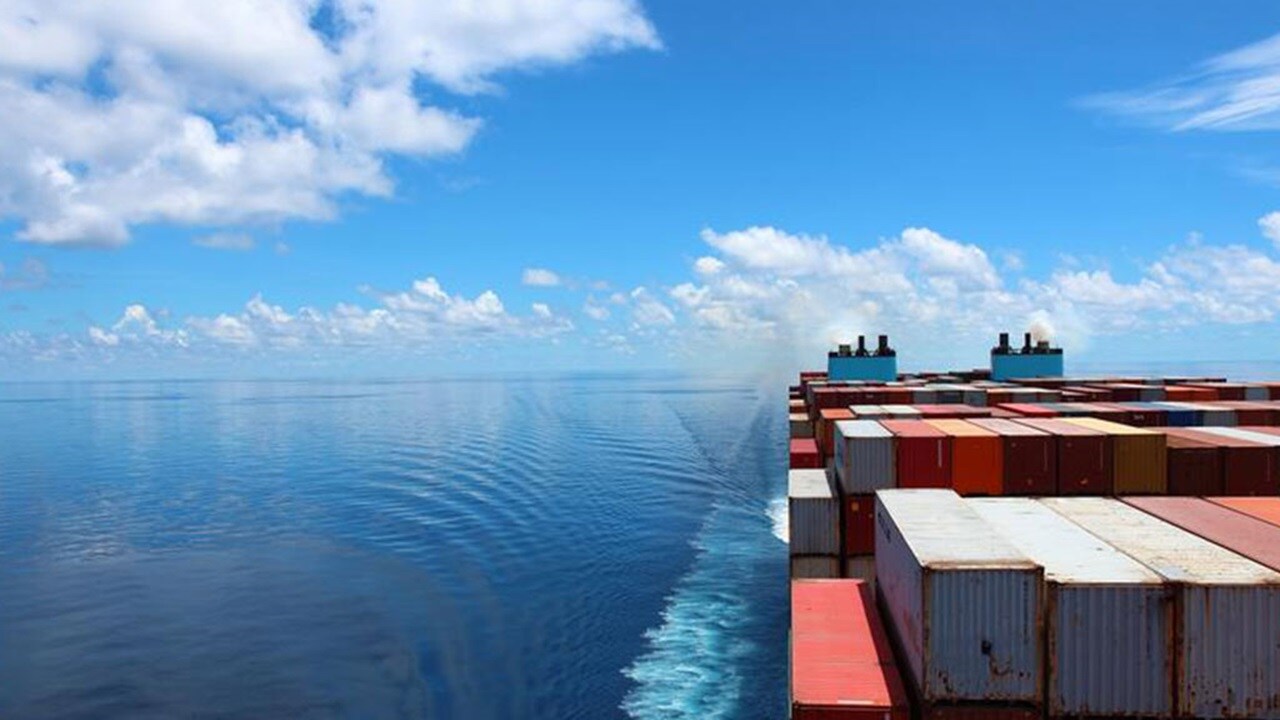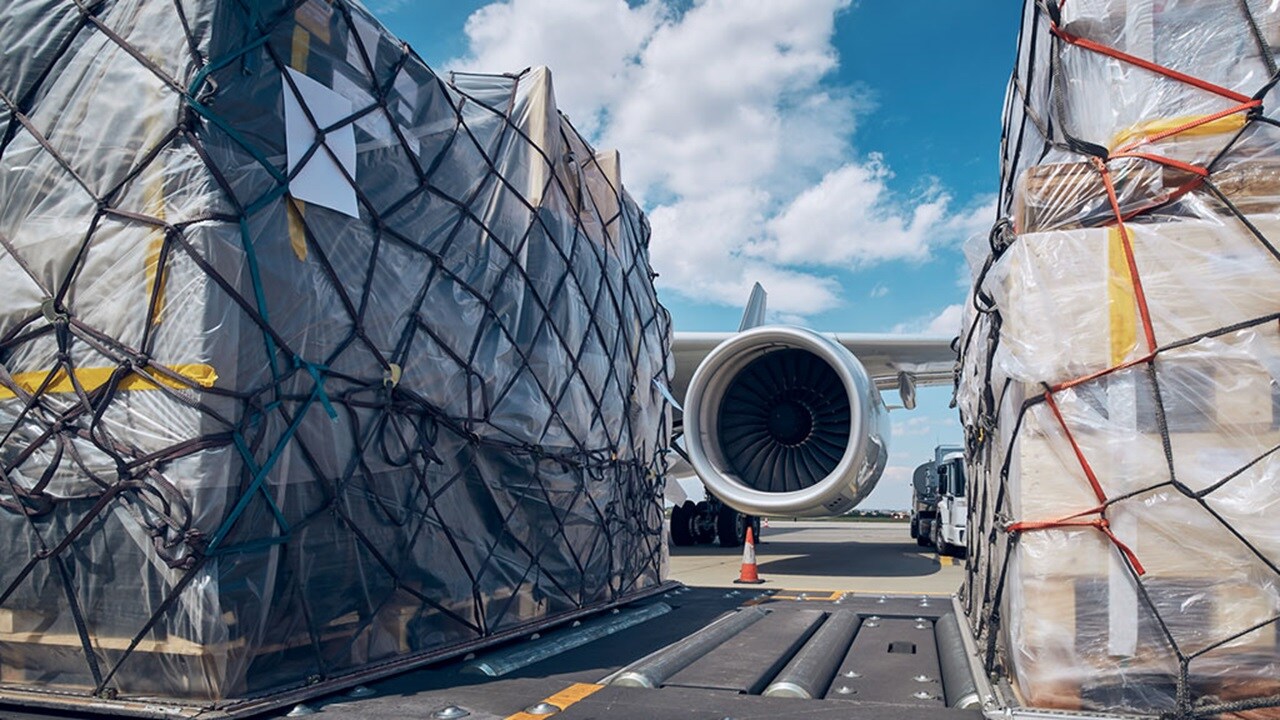Reducing the environmental impact of supply chains - and, as part of that, transport, and logistics - has become a key focus for many businesses around the world. According to the MIT Sloan Management Review, 90% of executives believe sustainability is important and 60% of companies now have a sustainability strategy. The International Transport Forum (ITF) estimates that international trade-related freight transport currently accounts for around 30% of all transport-related CO2 emissions from fuel combustion, and more than 7% of global emissions. It makes sense then that more and more businesses are seeking opportunities to reduce the GHG emissions of their transport and logistics, whether alone or working with a logistics partner.
But what exactly is happening to reduce supply chain GHG emissions? How are transport and logistics evolving to reduce emissions and become more sustainable? From electric vehicles to more efficient and electrified warehouses and green fuel – here is an overview of the innovations and developments in transport and logistics that can support businesses to meet their sustainability goals.
Reducing emissions in ocean transport
Ocean transport plays an essential role in global logistics. Today, 90% of world commerce goes by sea, which results in about 3% of global greenhouse gas (GHG) emissions. These figures, come from the International Maritime Organisation (IMO), which is the United Nations’ agency responsible for regulating shipping.
Recently, the IMO’s Marine Environment Protection Committee (MEPC 80) adopted a revised strategy to decarbonise global shipping, agreeing to set a target of net zero greenhouse gas emissions ‘by or around 2025’. This has been welcomed by some and criticised by others. The World Shipping Council also recently launched a green strategy paper and outlined the critical pathways to zero carbon shipping which included new building standards, advancing fuel life cycle assessment, development of green fuel supply, and research and development (R&D) investment. Plus, in December 2022, the Science Based Targets Initiative (SBTI) launched the long-awaited guidance for maritime sector to set near-term and long-term goals to stay on a 1.5°C pathway. The scene is set for huge advancements in ocean transport and there are already some solutions available to businesses today, such as choosing ocean vessels powered by low-emission alternatives. The first container vessel sailing on green methanol took to the seas earlier this year, for example, with more to follow. Efforts are underway to improve vessel fuel efficiency further and expand the production of green fuels for all transport modes. Green fuels, often known as low-emission fuels, are fuels with low to very low GHG emissions over their life cycle compared to fossil fuels.

Electrifying inland transportation
As the European Environment Agency (EEA) points out, rail and waterborne transport have the lowest emissions per kilometre and unit transported. When these options are unavailable or unsuitable, there are lower-GHG emission solutions available for trucking.
The International Council on Clean Transportation (ICCT) described electric vehicles (EVs) as ‘the single most important technology for decarbonising the transport sector’ and indeed electrification is being widely explored for trucking. Energy efficiency and green fuel alternatives are also high on the agenda though they depend on the availability of renewable electricity sources, investment into infrastructure, regulatory support. While many are promising, adoption will ultimately depend on advances in fleet technology and the capacity to secure green fuels at a scale and cost that makes them competitive against fossil fuels.
More sustainable warehousing options
When it comes to greening the supply chain, companies interviewed for the European Logistics Supply Chain Sustainability Report placed warehousing high on the list of areas where the biggest impact could be made. A greener warehouse is one that considers the social and environmental impact of its practices. That includes social impacts such as working conditions, but also how to achieve a low environmental impact through a combination of strategy, design and techniques that minimise waste and energy consumption. As an important starting point, renewable energy has the potential to drastically reduce GHG emissions for any warehouse. This can be obtained from renewable energy installations, or through ‘self-supply’ with on-site production of renewable energy. Warehouses have large surface areas that are ideal for installing solar panels, which can cover lighting, air conditioning needs and more, while often having the added capacity to contribute to the grid. Buildings and operations can also be engineered to minimise energy use.
Technology and automation in warehousing are also helping reduce waste and improve the sustainability of warehouse operations. Having an automated storage and retrieval system for example, means that goods can be stored higher, which allows for more storage capacity with the same or smaller footprint. This system can operate in the dark, so there is no need for bright warehouse lighting. In addition, automation leads to more accuracy in picking, minimising transportation and energy use.

Greener air freight
In contrast to ocean and landside transportation like train and truck, decarbonising air freight is a significant challenge, but one where progress has been made, and continues to be made. According to the European Commission, aviation is responsible for 13.9% of emissions from transport and is the second biggest emitter after road transport. Fuel efficiency is improving to help reduce the impact of air freight on the environment. McKinsey says that aircraft today are 15 to 20% more fuel-efficient than the previous generation thanks to better engines, lighter materials, and improved aerodynamics.
The path forward relies on sustainable aviation fuel (SAF). PWC calculates that using new, non-fossil fuels, could reduce aviation emissions by 53% with existing infrastructure. However, their full potential is yet to be realised with only 1% of aviation fuels in Europe being SAFs. That is due largely to their higher cost and limited availability. There are calls for regulatory support to drive their take-up, while technological breakthroughs are needed to secure supply.
Improving cold chain transportation
A study by the International Institute of Refrigeration found that cold transport can consume up 20% more fuel because of refrigeration equipment. Digitalisation, especially data and analytics, is helping facilitate transparency and traceability, which in turn pinpoints opportunities to improve sustainability in cold chain logistics, namely through reducing waste and optimising shipments and transportation to save energy. In addition, refrigerants with lower GHG impacts are chosen which has significant impact.
Decarbonising port terminals
Port terminals are vital links between land and ocean operations and can be a significant contributor of greenhouse gas emissions. There are several different approaches to decarbonising terminals being advanced. The European Green Deal has set a 90% emissions reduction target for European ports, while ports around the world have set out roadmaps to decarbonise their operations.
One of the most common ways to reduce emissions is by switching to renewable electricity sources to power buildings, machinery, and vehicles. Greater energy efficiency, smart technologies, and improved terminal design can all help progress decarbonisation.
The future for greener supply chains
The drive to greener transportation and logistics will continue – both at a societal level and a commercial level. Already, many businesses are opting for many of the more sustainable products and services on offer. Though the sustainability journey is well underway, regulatory support at industry and government level, investment, and technological advancements are needed to reach the full potential and propel us towards net-zero supply chains.
未来,您想随时了解必读行业趋势吗?
您已经完成了,欢迎“登船”!
很抱歉,发送您的联系请求时出现问题。
请查看表单字段,确保所有已正确填写所有必填信息。如果问题仍然存在,请联系我们的支持团队以获得进一步的帮助。
未来,您想随时了解必读行业趋势吗?
使用此表格注册,即可直接在您的邮箱中接收我们的洞察见解,进入一个真正的综合物流世界。简单操作,即从我们为您量身定做的精选文章中获得启发,了解相关行业洞察信息。您可以随时取消订阅。
I agree to receive logistics related news and marketing updates by email, phone, messaging services (e.g. WhatsApp) and other digital platforms, including but not limited to social media (e.g., LinkedIn) from A. P. Moller-Maersk and its affiliated companies (see latest company overview). I understand that I can opt out of such Maersk communications at any time by clicking the unsubscribe link. To see how we use your personal data, please read our Privacy Notification.
By completing this form, you confirm that you agree to the use of your personal data by Maersk as described in our Privacy Notification.













